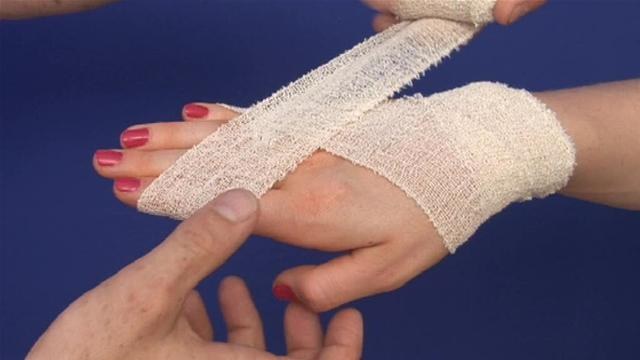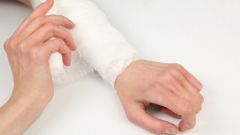Instruction
1
Select the material for the improvised tourniquet. They can serve as a gauze, bandage, cloth, cord. It is also desirable to have a pencil, pen or a branch of a tree to secure the harness into place.
2
Determine whether the damaged artery. You can tell by the color of blood. Venous blood is dark red color with a hint of blue. Arterial blood, on the contrary, bright red. This difference is caused by the specific concentration in each blood oxygen and carbon dioxide. Also type of bleeding can be identified by its intensity. Of the artery blood will flow much more than from Vienna. So this bleeding and want to stop using the harness.
3
Select a suitable location for the imposition of bandages. It Should be higher than the site of injury. Onatmeasures with bleeding from the artery of the forearm tourniquet should be pinned on the shoulder. Injury of lower leg - above the knee.
4
Let's get a tourniquet. To do this, tighten a strip of cloth or cord so that below it ceased to palpable pulse. It would mean that the blood will stop soon. You can tie the knot or cord to wind its end, whenthe measures on the pencil, and secure it. It will be easier when you need to relieve the pressure.
5
Remember, better write down the exact time the tourniquet was applied. You can't leave it too long, otherwise it can cause serious problems with a part of the body, which stopped the blood flow. In the summer and warm harness can keep for one to two hours, and in the cold - no more than half an hour. During this time, it is necessary to deliver the victim to hospital to provide skilled medical care. In extreme cases, if the doctor is nearby is still there, you have to loosen the harness, to give the blood flow to be restored and, if the wound continues to bleed, tighten it back up. However, more than one times such action is highly undesirable to repeat.


